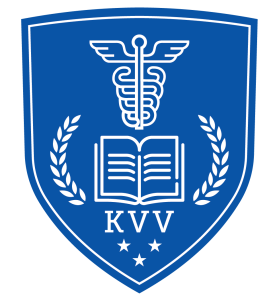Quadrant -I (Video)
Case Discussion Broken Implan Removal
Quadrant - II (Study Material)
1. Case Discussion Broken Implan Removal
View FileQuadrant - III (Assignments)
1. Case Discussion Broken Implan Removal
What is the definition of non-union in bone fractures? A) Complete fracture healing within 6 weeks B) Failure of the fracture to heal after 6 months C) Fracture healing with bone grafting D) Partial healing of the fracture Which of the following is NOT a common cause of non-union? A) Infection B) Adequate immobilization C) Inadequate blood supply to the fracture site D) Mechanical instability Which type of non-union occurs due to a lack of healing at the fracture site without any significant callus formation? A) Hypertrophic non-union B) Atrophic non-union C) Pseudoarthrosis D) Pathological non-union What is the first step in diagnosing non-union? A) Bone biopsy B) Physical examination and radiographic imaging C) CT scan and MRI D) Bone scintigraphy Which of the following is a common treatment option for non-union fractures? A) Short-term use of a splint B) Bone grafting and/or internal fixation C) Physical therapy alone D) No treatment, as the fracture will eventually heal Which of the following factors is most likely to contribute to an atrophic non-union? A) Poor nutritional status and smoking B) Adequate blood supply to the fracture site C) Early mobilization after fracture D) Stable fixation and appropriate rehabilitation Which imaging modality is most useful in evaluating bone healing and identifying non-union? A) X-ray B) MRI C) Ultrasound D) Bone scan What is the key distinguishing feature between hypertrophic and atrophic non-union? A) Infection at the fracture site B) Presence or absence of callus formation C) Type of surgical fixation used D) The age of the patient Which of the following is NOT a risk factor for non-union of fractures? A) Diabetes B) Obesity C) Advanced age D) Frequent physical activity Which of the following is a potential complication of non-union fractures if left untreated? A) Reduced blood pressure B) Chronic pain and disability C) Hypercalcemia D) Increased mobility of the joint
2. Additional - Case Discussion Broken Implan Removal
Describe the difference between hypertrophic and atrophic non-union. What is the role of bone grafting in the treatment of non-union fractures? Explain why infection is a significant cause of non-union.
